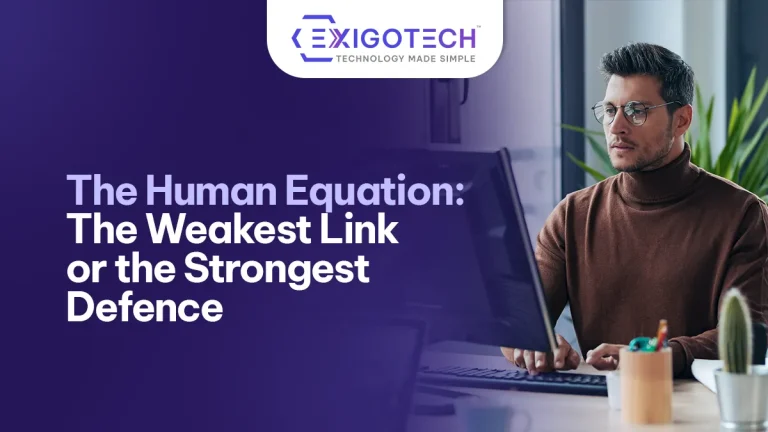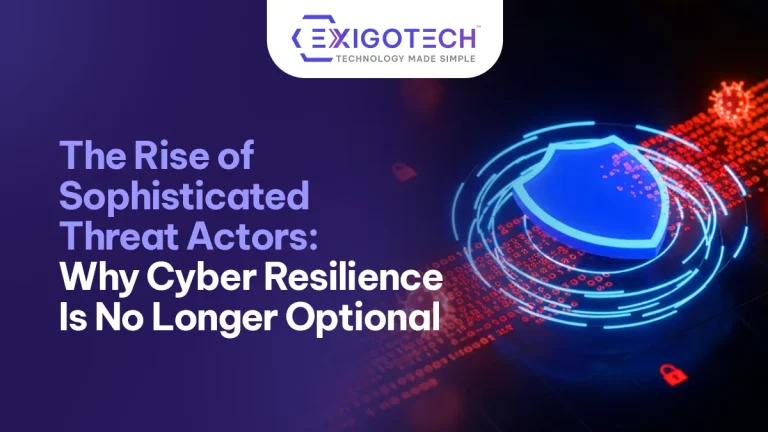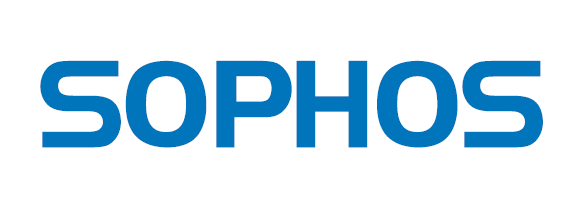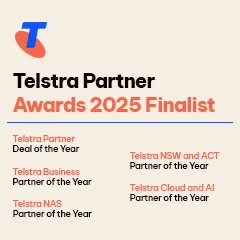In just four months, Australians lost $119 million to cyber scams. That’s nearly $1 million every day—gone to fraudulent schemes that are smarter, faster, and more targeted than ever before.
But here is what is different in 2025: Scammers are no longer focusing solely on individuals. They have shifted their sights to businesses—especially small to mid-sized enterprises (SMEs) that often lack dedicated cybersecurity teams or enterprise-grade protection.
What’s driving this change? AI. Automation. Social engineering.
Cybercriminals are leveraging advanced tools to automate phishing campaigns, mimic human voices, bypass multi-factor authentication (MFA), and exploit psychological vulnerabilities with a lot of precision.
For Australian businesses, the stakes have never been higher:
- Hybrid work environments have expanded attack surfaces.
- Third-party SaaS tools are introducing new vulnerabilities.
- Undertrained employees are unknowingly becoming entry points.
These aren’t isolated incidents or theoretical risks. This is the new normal. And businesses that still treat cybersecurity as an IT issue—rather than a core operational priority—are leaving themselves dangerously exposed.
2025 marks a clear shift: Cybersecurity is no longer about defence. It’s about resilience, readiness, and risk control.
In this guide, we will explore how scams are evolving, where your organisation may be vulnerable, and how Exigo Tech can help you stay protected in this high-threat landscape.
Cyber Threats Evolution: What’s Different About 2025?
In 2025, we are witnessing a tactical evolution in how cybercriminals operate, combining automation, psychology, and artificial intelligence to bypass even modern defences.
The New Nature of Threats
1. AI-Phishing 2.0
Phishing can no longer be identified with typos and generic language. Today’s campaigns use AI to create highly personalised, grammatically flawless emails that mimic the tone, format, and timing of internal business communication.
Even more alarming: attackers are using deepfake voice tech to impersonate CEOs or executives during phone calls—pressuring staff into urgent fund transfers or access approvals.
2. MFA Fatigue Attacks
Multi-factor authentication (MFA) was once a strong shield. It still is, but it is also becoming vulnerable.
In an MFA fatigue attack, employees are bombarded with approval requests until one gets through—usually by accident, confusion, or sheer frustration. These attacks are low-tech but highly effective against busy or remote teams.
3. BEC 2.0: Business Email Compromise Reinvented
BEC attacks now involve weeks or even months of social engineering. Attackers infiltrate conversations, monitor payment patterns, and strike at just the right moment with a convincing email that reroutes payments or shares sensitive data.
This isn’t spam. This is tactical impersonation, often involving real supplier details and legitimate-looking documents.
Why These New Forms of Cyberattacks Matter to Your Business
What ties these new threats together is one thing: they exploit trust. They are not just attacking your systems, they are manipulating your people.
As these tactics become more accessible to low-level attackers, even well-defended organisations face increased risk. Without proactive detection, staff training, and layered protections, it’s not a question of if a scam gets through—it’s when.
Impact of Cyberattacks on Australian Businesses
Small and medium-sized businesses are now prime targets. Why?
- Limited in-house security teams mean slower response times and less oversight.
- Growing reliance on third-party apps increases the attack surface—especially if those vendors aren’t
- Hybrid and remote work setups have left many organisations with weak or inconsistent endpoint protections.
- Compliance pressure is rising—but enforcement is still inconsistent, making some companies complacent.
Top Industries Hit by Cyberattacks in 2025:
- Healthcare
- Retail and eCommerce
- Professional Services
- Financial and Legal firms
If you are in one of these sectors, chances are, your data is already on someone’s radar.
Where Most Breaches Start: The Weakest Links
1. Untrained or Undertrained Staff
Your people are your first line of defence—and often your first point of failure, if not trained well. One distracted click on a well-crafted phishing email is all it takes to trigger a breach. Without regular, scenario-based training, employees simply can’t identify modern threats.
2. Shadow IT and Unsanctioned Tools
When teams install software or use cloud apps without IT approval, they create hidden vulnerabilities. These tools often lack proper security settings, aren’t monitored, and can become invisible entry points for attackers.
3. Third-party Access
Vendors, suppliers, and contractors often have access to your systems—but who is monitoring them? A breach in their network can quickly become a breach in yours. And many businesses don’t have processes to assess or limit this exposure.
4. Outdated Systems with Known Exploits
Still running old software or unsupported operating systems? Cybercriminals love that.
Unpatched vulnerabilities are widely documented, and automated bots constantly scan for them—especially in smaller organisations that delay updates due to “business disruptions.”
The 2025 Cybersecurity Framework for Resilience
Technology alone doesn’t make you secure. Resilience in 2025 demands a complete shift—from reacting to threats after they occur, to anticipating, preventing, and neutralising them in real time.
Here’s how forward-thinking Australian businesses are future-proofing their cybersecurity posture:
1. Build Foundational Defences
Start with the basics—but make them airtight.
- Up-to-date firewalls and endpoint protection: Old tools don’t stop new threats.
- Multi-Factor Authentication (MFA): Mandatory across all systems—especially for privileged accounts.
- Rapid patching and updates: Close known vulnerabilities before attackers exploit them.
Pro tip: Automate patch management to reduce manual delays.
2. Secure Your People
Your employees are the most common entry point. Make them part of your defence strategy.
- Run monthly phishing simulations to build real-world awareness.
- Customise training by role as different departments need different guidance as per their roles.
- Enforce role-based access control (RBAC) to ensure staff only see what they need.
Pro tip: Security culture beats one-off training. Make it continuous.
3. Strengthen Internal Processes
Even great tech fails if your response process doesn’t exist—or doesn’t work.
- Document and test your incident response plan regularly.
- Vet vendors rigorously—ensure they meet your cybersecurity standards.
- Conduct quarterly penetration testing to proactively find and fix holes.
Pro tip: Attackers test your defences every day. You should too.
4. Protect Cloud and Remote Environments
Remote and hybrid setups are here to stay. So are the risks.
- Use secure VPNs and encrypted channels for all on-site and off-site access.
- Enable logging and monitoring for all SaaS apps and cloud platforms.
- Implement SSO (Single Sign-On) for easier control and fewer credential exposures.
Pro tip: Decentralised work should not mean decentralised security.
How Exigo Tech Helps You Stay Ahead
At Exigo Tech, we help your business move from defensive to proactive—with cybersecurity solutions designed for 2025 and beyond.
Here’s how we make that happen:
Managed Cybersecurity, Especially for You
We don’t believe in one-size-fits-all security. Our services are built to adapt to your industry, size, and risk profile, delivering the right protection—without the overhead.
What You Get:
- 24×7 Threat Monitoring
Real-time detection and response from our local Security Operations Centre (SOC)—so threats are stopped before they spread. - Scalable, Risk-Aligned Protection
Whether you are growing fast or navigating compliance challenges, we scale your defences accordingly. - Proactive Security Reviews & Testing
We don’t wait for breaches to expose gaps. We find them first—through audits, simulations, and regular testing. - Training That Actually Works
From phishing simulations to policy awareness, we help your people become your strongest defence—not your weakest link.
Our Mission:
To keep your systems secure, your teams confident, and your customers safe.
Whether you are in healthcare, finance, retail, professional services, or any other industry, we give you the confidence to grow without fear of compromise.
Let’s make 2025 your most resilient year yet.
Final Thoughts: Cyber Resilience Is the New Competitive Edge
In 2025, cybersecurity isn’t just an IT issue—it’s a core business priority. One breach can damage your brand, affect operations, and break years of customer trust.
Cyber threats today are faster, smarter, and relentless. But so is your ability to stop them—if you have the right partner.
At Exigo Tech, we help Australian businesses:
- Stay ahead of emerging threats
- Build security into every process
- Empower teams with real-world readiness
 Australia
Australia Singapore
Singapore Philippines
Philippines India
India Brendan Fazel | Jun 09, 2025
Brendan Fazel | Jun 09, 2025











